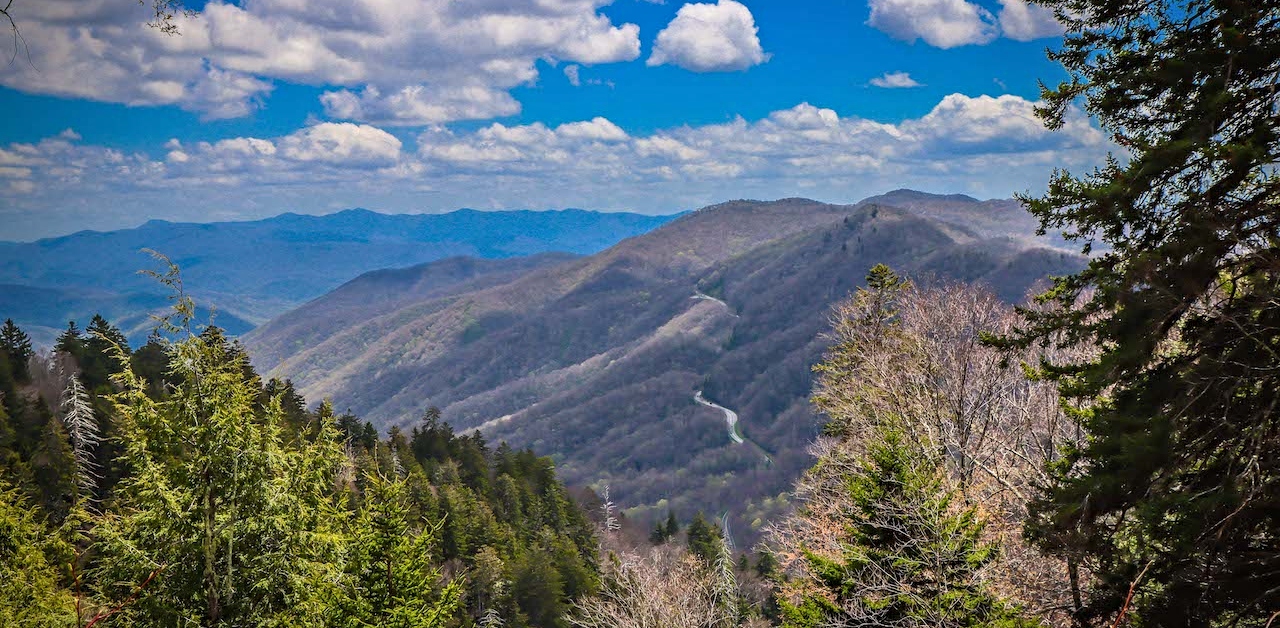People head to the Smokies of North Carolina and Tennessee for many reasons.
Some want to go on epic Great Smoky Mountains hikes, while others want to witness the mysterious Great Smoky Mountains fireflies (a.k.a. Blue Ghost fireflies).
Many Smoky Mountains visitors come on a pilgrimage to see lots of waterfalls, but some just want to kick back and enjoy the lush forest and colorful wildflowers.
Whether you’re a frequent visitor or a first-timer, there are endless fascinating facts about the Great Smoky Mountains and common questions to be answered.
Are the Smoky Mountains part of the Appalachian Mountains? What states are the Smoky Mountains in? What is special about the Smoky Mountains that draws people back to the region over and over again?
Or maybe you just want to know about the Great Smoky Mountains weather, so you can better know what to pack to pack for your trip.
Read on for our list of fun Great Smoky Mountains facts, including details on the area’s history, geography and geology, plants and animals, and our favorite towns in the Smoky Mountains to visit.
READ MORE: The 15 Best Smoky Mountain Waterfalls to Visit
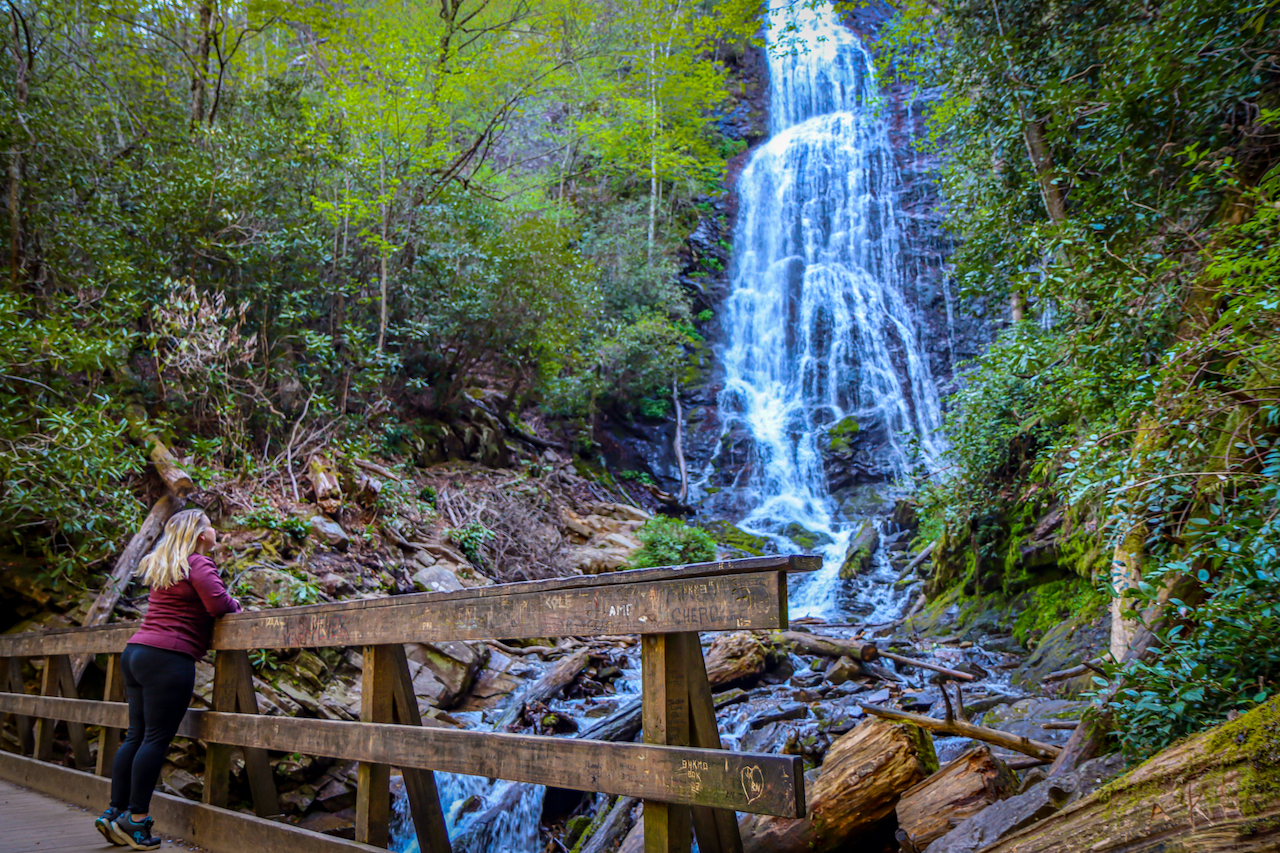
Great Smoky Mountains Facts Guide
- Great Smoky Mountains History
- Great Smoky Mountains National Park
- Great Smoky Mountains Geography & Geology
- Towns in the Smoky Mountains
- Plants & Animals in the Smoky Mountains
READ MORE: The 15 Best Great Smoky Mountains Campgrounds to Visit
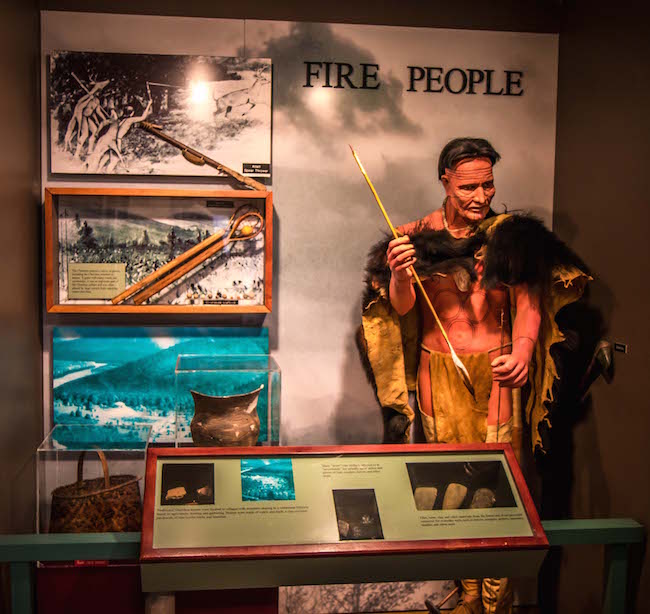
Great Smoky Mountains History Facts
1. Wondering how the Smoky Mountains were formed? It all started some 270 million years ago, when Africa collided with eastern North America to form part of the Pangea supercontinent. As this collision happened, the Appalachian region was formed, creating mountains that were even higher than those found in the Rockies today.
2. The Great Smoky Mountains have a long human history, from the prehistoric Paleo Indians and the earliest European settlers to the arrival of Civilian Conservation Corps (CCC) workers in the early 20th century.
3. Cherokee people were already well-established in the Smokies long before the first white settlers moved into the region. The Cherokee of the time were thought to be culturally advanced, having built permanent towns, cultivated farms, and created an extensive network of trails throughout the region.
4. After the Georgia gold rush of the 1829, Great Smoky Mountains history turned tragic when most Cherokee people were forced from their land and relocated to Oklahoma on The Trail of Tears. Those who escaped forced relocation are the ancestors of the Eastern Band of Cherokee Indians, who live in and around the Smokies today.
5. Once trains made the area more accessible, logging boom towns (such as Elkmont, Smokemont, and Tremont) began to pop up all over the Smokies. The rise of the logging industry in the early 1900s changed the lives of the self-sufficient Appalachian people, who soon found themselves reliant on store-bought goods and cash.
6. Great Smoky Mountains National Park has fire managers conduct prescribed burns from time to time. But before this happens, archeologists scour the area for evidence of historical artifacts to ensure that these resources are kept intact. Thanks to them, we have an understanding of prehistoric and historic human activity in the Smokies.
READ MORE: The 10 Best Places for White Water Rafting in Tennessee
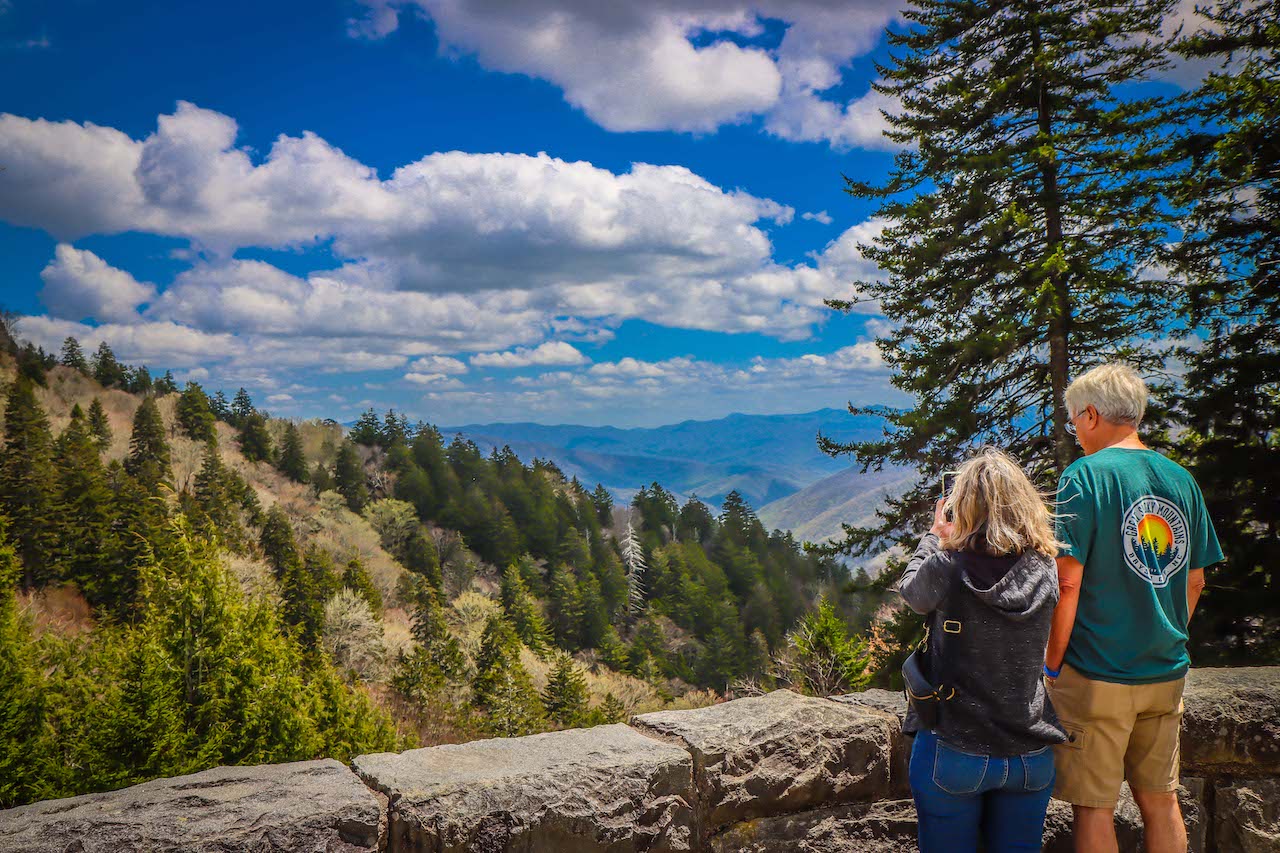
Great Smoky Mountains National Park Facts
7. The history of Great Smoky Mountains National Park (the most popular of all the U.S. National Parks) is an interesting one. For many years prior to park’s founding in 1926, logging companies were clearcutting the area’s ancient forest. The National Park designation helped to conserve and protect about 20% of the remaining forest.
8. The CCC was a government-funded project that sought to develop public lands throughout the country, including myriad state parks and national parks. Four thousand of those men enrolled were assigned to the Great Smoky Mountains National Park project, and occupied 22 different campgrounds.
9. When you explore the Great Smoky Mountains hiking trails, you’re treading on the handiwork of some of these CCC workers. The Bull Head Trail, Alum Cave Trail, and even the Great Smoky Mountains section of the Appalachian Trail in North Carolina were carved out by these men.
10. After the park was established, more than 1,200 people had to leave their houses. Now the area is home to historical buildings ranging from mills and barns to schools and churches. GSMNP has restored 70+ of these structures, and the park is home to the largest collection of historic log cabins and buildings in the Eastern U.S.
11. Why are the Smoky Mountains smoky? Shaconage is a Cherokee word that translates as “the Land of Blue Smoke.” But the smoke is really more of a mist that is given off by all the Blue Ridge Mountains vegetation. This mist is made up of volatile organic compounds– the same things that give that fresh-cut grass smell.
12. Most of the Smoky Mountains range falls within, and is protected by, Great Smoky Mountains National Park. This is the second most visited unit of the U.S. National Park System (the first being the Blue Ridge Parkway, which ends at the park’s entrance), attracting around 13 million visitors each year!
READ MORE: The 15 Best Things to Do in Great Smoky Mountains National Park
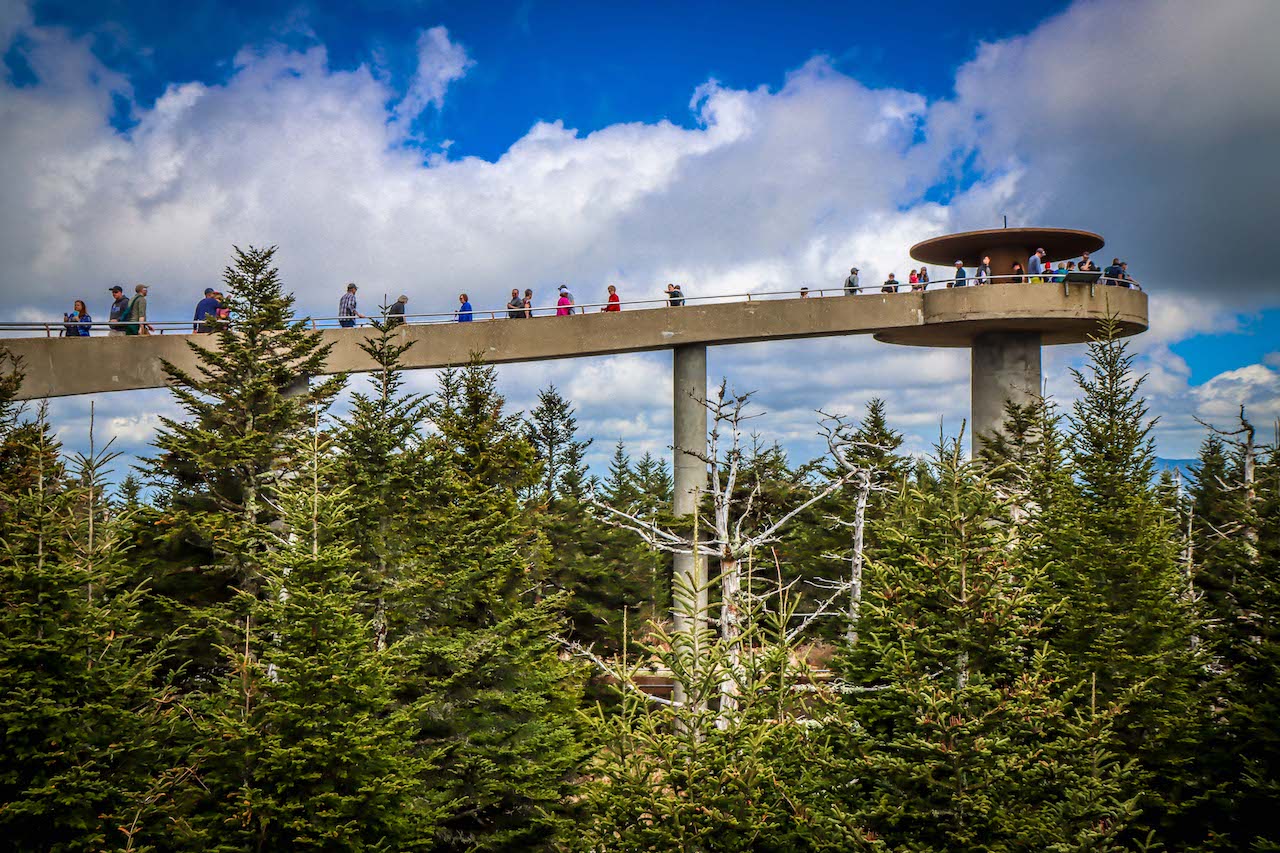
Great Smoky Mountains Geography & Geology Facts
13. Where are the Smoky Mountains located? The Great Smoky Mountains range is on the border of North Carolina and Tennessee, stretching from the Pigeon River in the northeast to the Little Tennessee River in the southeast. It is considered a sub-range of the Blue Ridge Mountains within the Appalachian Mountains.
14. This mountain range in Tennessee and North Carolina falls within five counties. Three of these counties are in Tennessee (Blount, Sevier, and Cocke), while two of them are in North Carolina (Swain and Haywood).
15. The sources of the Little Pigeon, Oconaluftee, and Little Rivers are located in the Smokies. All of the streams in the Smokies are part of the Tennessee River watershed, and are west of the Eastern Continental Divide. The largest stream that falls entirely within the park is Abrams Creek, where visitors can hike to Abrams Falls.
16. Curious about Great Smoky Mountains elevation? The highest point in the Smoky Mountain range (and the tallest mountain in Tennessee) is Clingman’s Dome, at 6,643 feet above sea level. It’s also the third-highest mountain east of the Mississippi, with a half-mile paved path leading to the summit’s 360° observation tower.
17. The history of the Smoky Mountains geology is ancient and complex. Most of the rocks in the park are sedimentary, formed by the accumulation of clay, silt, sand, gravel, and calcium carbonate. The oldest sedimentary rocks were formed in the Proterozoic Era, 800-545 million years ago.
18. Fossils found in Cades Cove are thought to be about 450 million years old. This means they are from the Paleozoic Era, when the youngest sedimentary rocks in the area were formed.
READ MORE: The 15 Best Things to Do in Maggie Valley NC
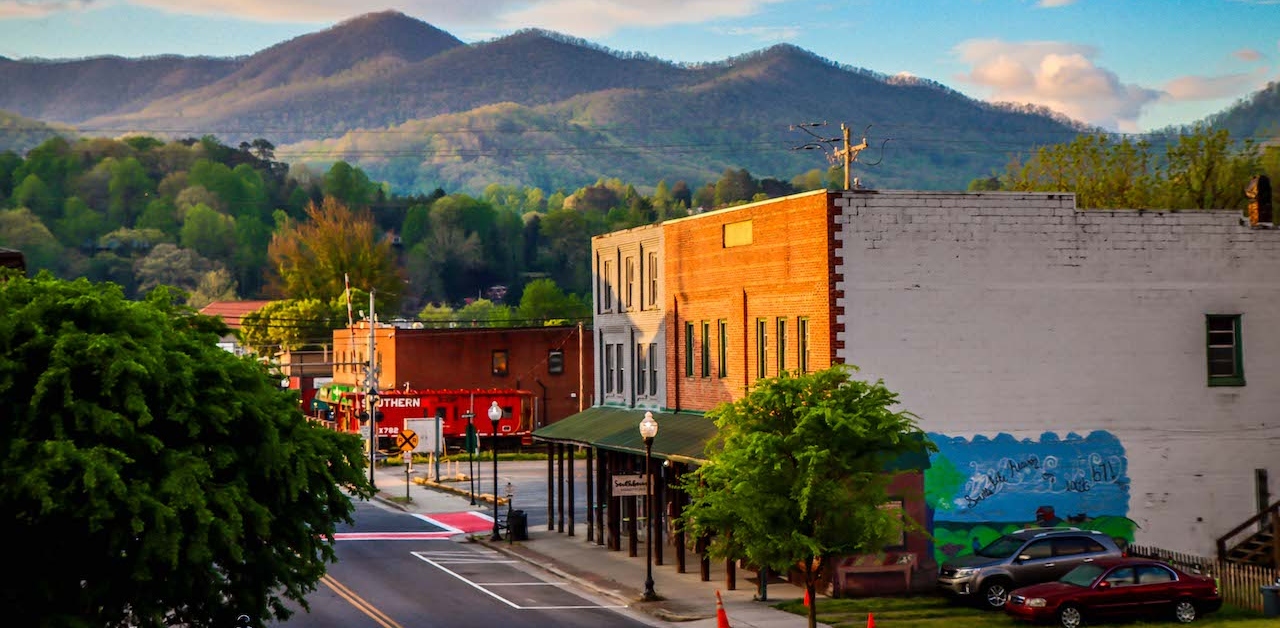
Towns in the Smoky Mountains
19. Pigeon Forge is a gateway to the Great Smoky Mountains in east Tennessee. Named for Passenger Pigeons that were hunted to extinction in 1914, the mountain town was the site of an iron forge built in 1820. If you’re spending Christmas in the Smoky Mountains, check out Pigeon Forge’s Winterfest Driving Tour of Lights.
20. Gatlinburg TN, one of the most famous towns near the Smoky Mountains, was named for Radford Gatlin, whose General Store was home to the area’s first post office. He was chased out of town by pro-Unionists before the Civil War for his support of the Confederacy. If you visit in the fall, don’t miss the Smoky Mountain Harvest Festival.
21. Cosby TN was known as the Moonshine Capital of the World in the early 20th century. During Prohibition, folks in the area started illegally distilling liquor for the laborers who had relocated to Oak Ridge TN to work on the Manhattan Project.
22. Cherokee NC is one of the best Smoky Mountain towns to visit for gaining important perspective on the history of the area. Cherokee is home to over 15,ooo members of the Eastern Band of Cherokee Indians, whose reservation is called the Qualla Boundry. Visit the Museum of the Cherokee Indian, where a self-guided tour takes you through the tribe’s storied history, and the nearby Oconaluftee Indian Village & Visitor Center.
23. Bryson City NC was originally named Charlestown, but it was changed to honor Col. Thaddeus Bryson and avoid confusion with Charleston SC. Bryson City is just downstream from where the ancient village of Kituhwas (which is thought to be the oldest Cherokee village) stood. It’s a great place for a Great Smoky Mountains vacation full of hiking, river tubing, whitewater rafting, and Great Smoky Mountains Railroad train rides.
24. Elkmont TN is home to large campgrounds, a park rangers’ station, and a historic district maintained by the National Park. It was also the site of a booming logging community in the early 1900s, and many of its buildings are being preserved by the NPS. Four historic cabins are now open to the public, but other buildings nearby are still off-limits to visitors.
READ MORE: The 20 Best North Carolina Mountain Towns to Visit
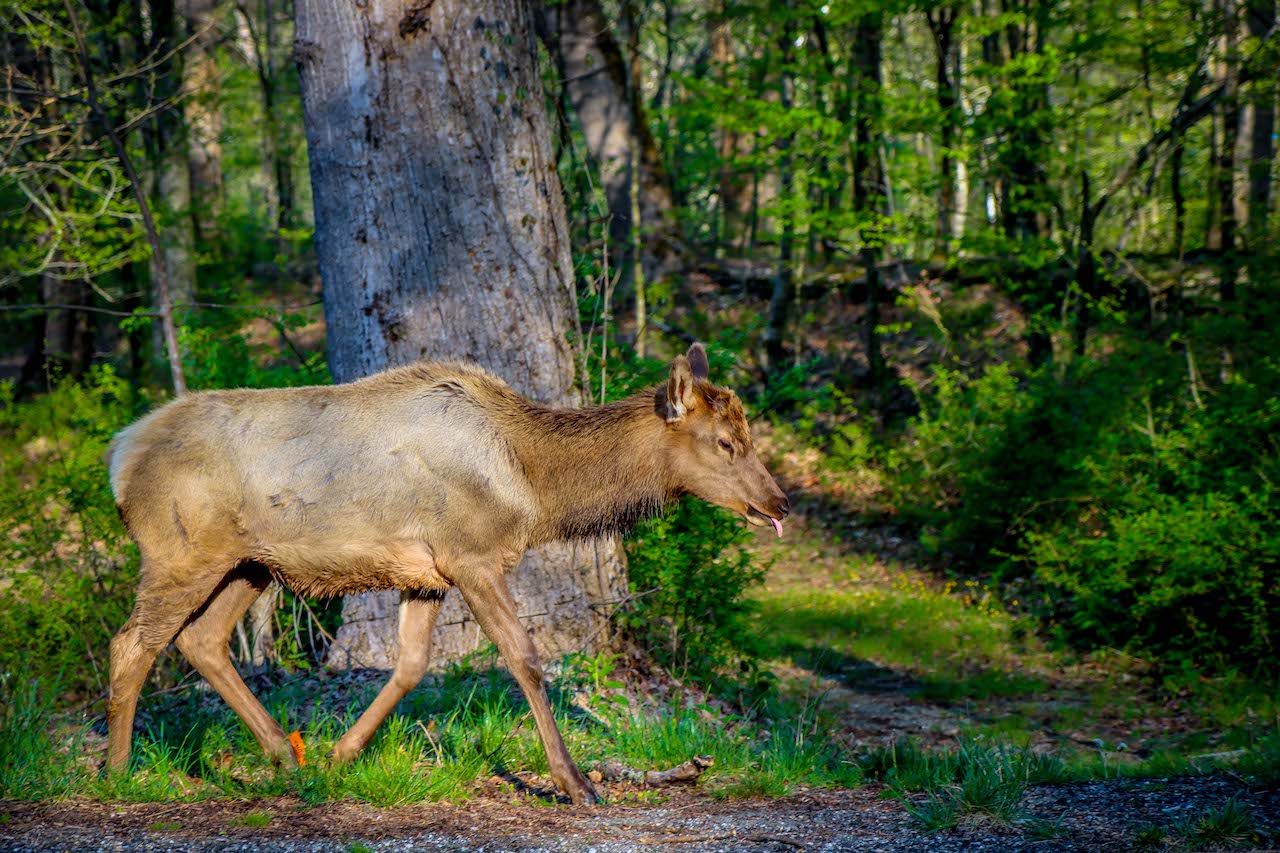
Plants & Animals in the Smoky Mountains Facts
25. Great Smoky Mountains wildlife is abundant, with biologists estimating that 1900 Black Bears live in the park (about 2 per sq mile). Black Bears can weigh up to 600 pounds, and live 12-15 years. Though they’re omnivores, they have an 85% plant-based diet. For info on avoiding bear attacks in the Smoky Mountains, visit the NPS website.
26. The Great Smoky Mountains are known as the Salamander capital of the world, with five families of salamanders represented. One of the most impressive animals in the Smoky Mountains is the huge Hellbender Salamander, which can reach up to 29 inches in length. Great lengths are being taken to protect this rapidly disappearing species.
27. Great Smoky Mountain Elk disappeared from the region (due to habitat loss and overhunting) in the late 1700s in NC and the mid-1800s in TN. In 2001, 25 Cataloochee Valley Elk were reintroduced into the park, with another 27 Elk added the following year. They can weigh up to 700 pounds and can be very dangerous during mating season.
28. There are at least 19 species of fireflies that live in the National Park. There are only two species of synchronous fireflies (Photinus carolinus) in North America, and one of these can be found at the park. It is not fully understood why these fireflies frequently flash in unison. The time to come to witness this natural wonder changes each year, but typically occurs in late Spring and early Summer.
29. Three of the Great Smoky Mountains’ plants are officially listed as threatened and endangered. These are the Spreading Avens, Virginia Spiraea, and Rock Gnome Lichen. Over 300 species of plants within the park are considered rare, meaning that they are found in populations of five or fewer.
30. Over the years, 38 non-native species have been introduced into Great Smoky Mountains National Park, which can threaten the delicate ecosystem balance. Some 35 of these species have already spread aggressively, with Kudzu, Multiflora Rose, and Japanese Grass being considered among the most gnarly. -by Emma Gallagher; lead image of Newfound Gap by Bret Love & Mary Gabbett

